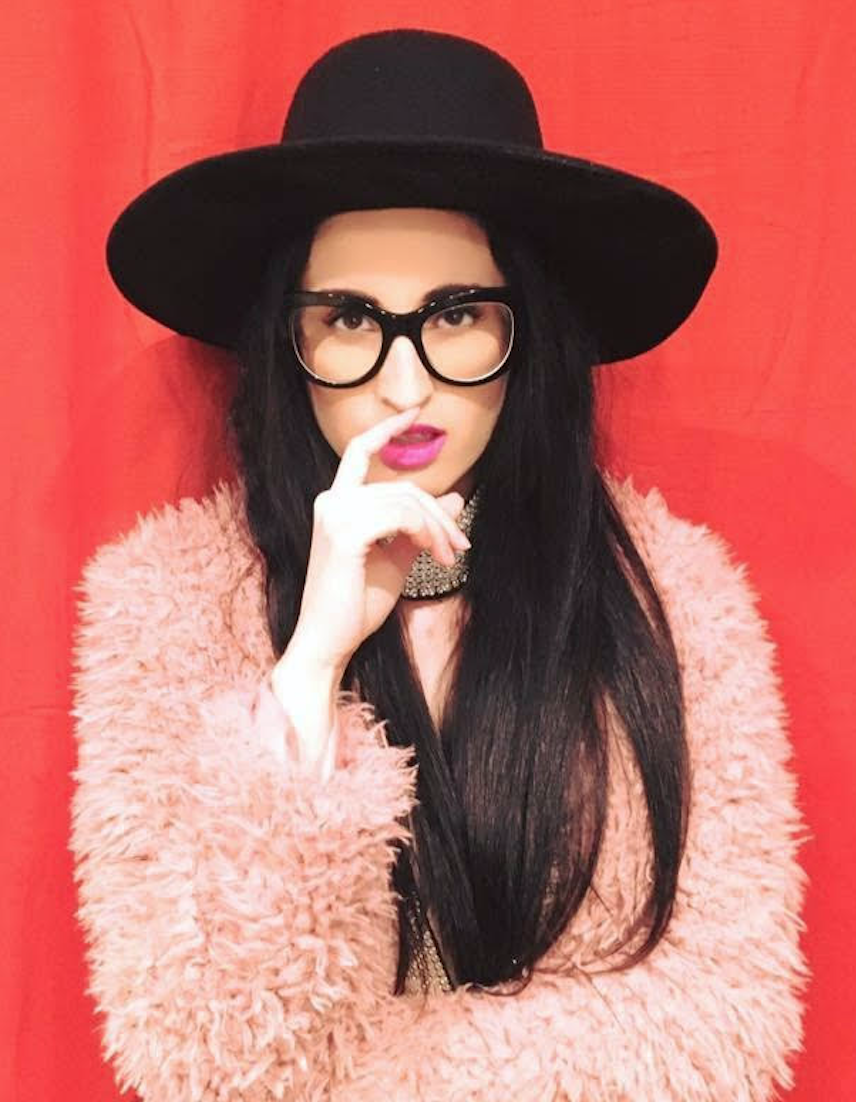Para leer en español, haga clic aquí.
“If I’ve been through everything I’ve been through and I’m still here, I’m still alive, I’m talking to you—that means I can survive.”
Carolyn was sexually abused by an older cousin from when she was 3 to 12-years-old. During her teenage years, Carolyn turned to drug and alcohol use as a way to deal with the painful memories of the abuse.
When she was 19, she told her family of the abuse for the first time. “I was really nervous to tell my parents because I didn’t know what they would think of me. I was scared they wouldn’t believe me and would think I was lying.” She was also worried about disclosing because she says that in her experience within the Hispanic community, sexual violence is seen as something you do not talk about. But when she told her family, they believed her—her sister’s support in particular was essential in beginning Carolyn’s healing process.
Like many survivors, Carolyn experienced more than one instance of sexual violence. She was sexually assaulted again at age 23 when she was raped by a stranger. “It haunts me every day—the fact that I was revictimized.”

As a result of the sexual assault and abuse, Carolyn has experienced PTSD, self-harm, body dysmorphia, and obsessive compulsive disorder. She started to self-harm because it was a way for her to feel connected to her body again after the assault and to deal with the feelings of shame or disgust some survivors may feel about their bodies after experiencing sexual violence.
“I used to self-harm because I was numb. I did it to feel something. It reminded me that I’m alive. You want to feel something because you’re so numb, you’re disconnected from your body. I also wanted to punish my body because I felt disgusting.”
As part of the PTSD, Carolyn had panic attacks and flashbacks. “When I’m watching a movie and there is a scene related to rape or abuse, I get a panic attack. I can’t breathe, my chest hurts. I get a lot of flashbacks. Sometimes I’ll just be walking in the park and a memory hits me and I get a panic attack.”
Carolyn went to several therapists to find the right one to help develop a plan for when she had panic attacks and is thankful to have found someone with whom she connected.
In addition to one-on-one therapy, Carolyn has found individual and group Dialectical Behavioral Therapy (DBT) to be crucial in her healing process, especially with learning strategies to use during panic attacks. DBT is a therapeutic technique focused on learning skills to help manage and regulate strong emotions and includes practices such as mindfulness and perspective-taking. “I would recommend DBT to survivors out there; I saw a lot of survivors in that class. It's been very important to me.”